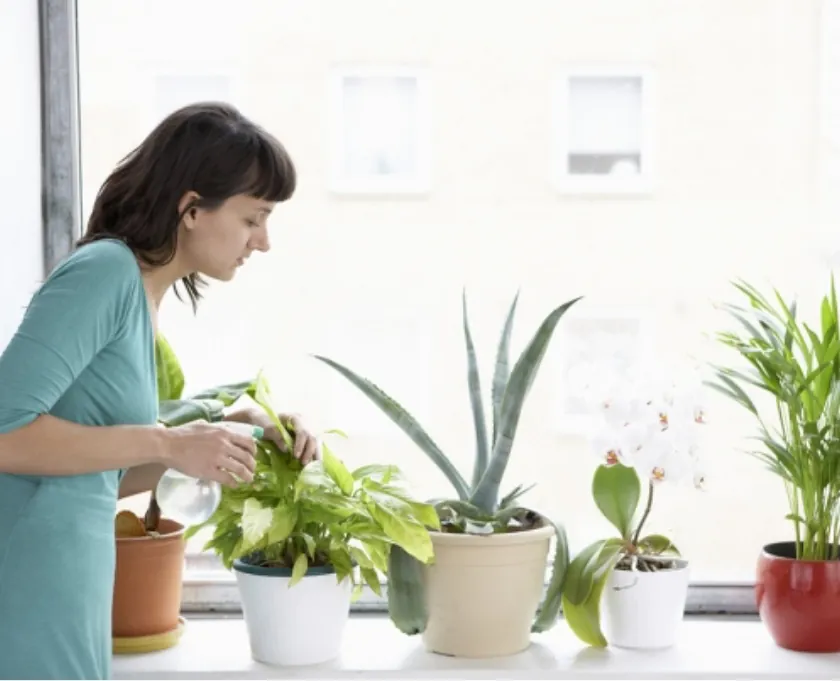Beautiful Plants For Your Interior

Your houseplants, though silent, have a language of their own—a language of leaves, stems, and subtle signals that reveal their well-being and needs. In this green-thumbed journey, we’ll decode the secret messages your houseplants are sending, helping you become a better plant parent and fostering a deeper connection with your leafy companions.
The Silent Language of Leaves: What Your Houseplants Are Saying
- Thirsty Tattles: When your plant’s soil is dry and its leaves begin to droop, it’s shouting, “I’m thirsty!” Give it a drink, but don’t drown it. Proper watering is key.
- Light Lovers: If your plant is leaning toward the nearest light source or its leaves are growing pale, it’s a plea for more sunshine. Relocate it to a sunnier spot, and watch it bask in the glory of natural light.
- Leafy Revelations: Discolored leaves are your plant’s way of revealing its nutritional needs. Yellowing leaves may indicate a need for more nutrients, while brown edges could mean it’s time to dial back on fertilization.
- Root Realities: When your plant’s roots are cramped, it’s sending a cry for more space. Repotting might be in order to accommodate its growing root system.
- Pest Whispers: Unwanted guests like spider mites, aphids, or mealybugs can disrupt your plant’s peaceful existence. Check the leaves and stems for these tiny trespassers, and evict them promptly.
- Humidity Hints: Browning leaf tips or edges can signify low humidity levels. Provide extra humidity by misting or using a humidity tray, and your plant will breathe a sigh of relief.
- Seasonal Shivers: When winter rolls around, some houseplants drop leaves as part of their natural cycle. Don’t be alarmed; it’s their way of conserving energy during the cooler months.
Becoming Fluent in Plant Speak
Unlocking the language of your houseplants takes time and keen observation. Here’s how to become fluent:
- Leaf-by-Leaf Learning: Get to know the individual habits of your plants. Each species has its own quirks and preferences.
- Regular Inspections: Make leaf inspections part of your routine. The sooner you spot issues, the quicker you can address them.
- Care Records: Keep a care diary noting watering schedules, sunlight exposure, and any changes in your plant’s environment. Patterns may emerge over time.
- Ask for Advice: Don’t hesitate to seek advice from fellow plant enthusiasts, gardening forums, or your local nursery. Sometimes, a fresh perspective can solve leafy mysteries.
A Green Conversation
Your houseplants are more than just decorations; they’re living, breathing members of your household. By listening to their silent language of leaves, you can provide the care and attention they need to thrive. Tune in to their botanical chatter, and you’ll create a harmonious green space where both you and your leafy companions flourish.